Research institutes and producers in Iceland, Norway, Scotland and Russia involved
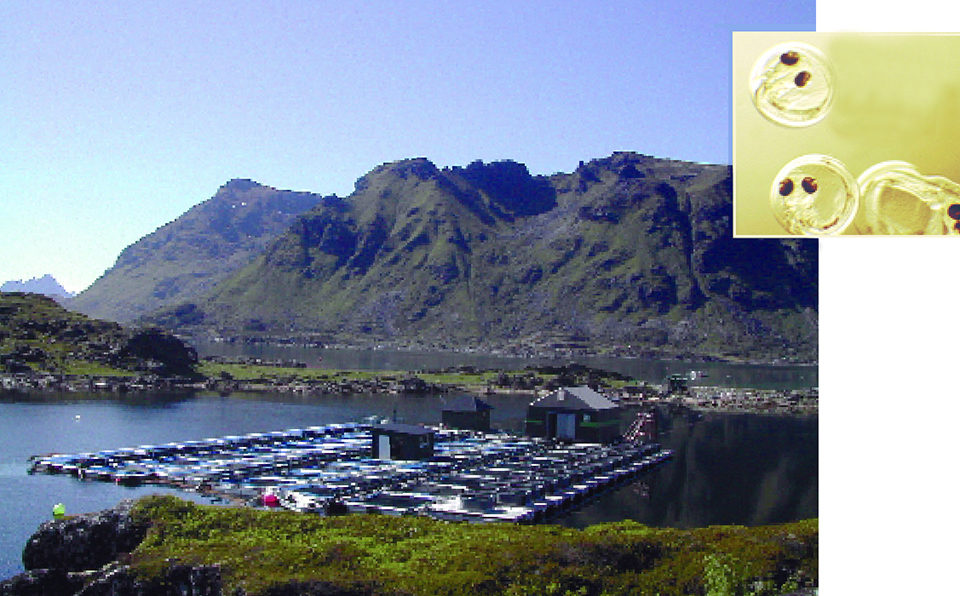
NorthCod is a project whose partners will exchange information, standardize production methods, and develop broodstock management for cod production in northern Europe. The ultimate goal of NorthCod is to increase the likelihood of success for cod aquaculture in remote communities of the Northern Periphery Area (NPA) by promoting sustainable cod cultivation by private companies. The project also aims to increase the sector’s employment and income potential.
Financed by the European Union, Northern Periphery Programme, and funds in the participating countries, this three-year project is uniquely organized around networks of research institutes and producers of juvenile cod in Iceland, Norway, Scotland, and Russia. All partners bring experience and know-how on the production of marine finfish, which will decrease the learning curve and allow more rapid dissemination of new and innovative production methods.
Several technical obstacles have to be overcome before cod hatchery production can be made efficient and sustainable. These will be examined by the multicountry team, with findings transferred to commercial hatcheries throughout the NPA.
An interactive website will be set up for gathering and presenting data from the participating partners. As the project moves forward, the NorthCod project will publish a manual of optimum and sustainable cod hatchery production methods.
Best practices, standardization
Currently, cod hatcheries have significant differences between such fundamental measures of production as larval development, growth, survival, and deformities. Comparison and benchmarking of the different production methods should lead to the identification of best-practice methods for production quantity and quality, and be a basis for standardization.
Morphological, histological, and fatty acid analysis of cod larvae are important tools to establish causal relationships between the different production regimes, from the time eggs hatch until the juveniles are ready for transfer to ongrowing sites.
Broodstock mangement, egg quality
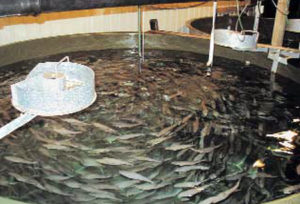
The quality of cod larval and juvenile hatchery production depends on the quality of the broodstock. The genetic management of farmed cod stocks is at an early stage, as many hatchery stocks are still supplemented with wild-caught broodstock. Commercial ongrowing is slowly advancing to the point where it is possible to replace wild broodstock with high-quality farm-grown animals, thus opening up the possibility for genetic improvement of the cod genetic resource.
Research on the effects of the maternal quality of hatchery-reared broodfish on egg and larval quality has shown that the quality of offspring is strongly related to the size and weight of the mother. Previous work on egg and larval quality indicated there might be an optimal window of opportunity within the whole spawning season in terms of those qualities. Further assessments will be conducted.
All-female cod
During grow-out in cages, cod may spawn once or twice. This is a waste of feed and fish growth, so for economic reasons, delayed sexual maturity and faster growth are very important for growers since they shorten the time it takes to produce marketable cod. There are also other reasons for undertaking the production of all-female cod.
Control of maturation can more easily be achieved in females, as the production of eggs requires more resources than production of sperm. In addition, sea cage aquaculture development can be constrained by environmental issues that include the genetic interaction of natural populations with escaped farmed fish.
One strategy to overcome this problem is to produce triploid fish with three copies of each chromosome instead of the normal two). Triploids are expected to be sterile. However, results from other species indicate that some triploid males can create viable sperm, but triploid females retain sterility to a greater extent, and if they mature, their eggs are usually not viable. The goal of this part of the NorthCod project is to produce a reliable protocol for the production of all-female triploid cod.
New genetics technologies
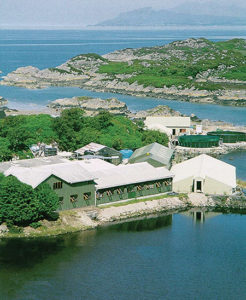
Broodstock management techniques are undergoing a revolution due to breakthroughs in molecular technologies. Previously, hatchery managers and researchers had to use physical tags to identify the genetic relationships between fish. This required building and keeping large multiple-family units in tanks, in which each family was kept separate until individual fish were large enough to survive tagging.
Many marine species new to aquaculture are mass spawners with long, complicated larval stages and high mortality in early stages, and the tagging of individual
fish is extremely difficult. With new molecular technologies, most of these difficulties can be overcome. Since all animals are sufficiently unique in their genetic makeups, the technology requires only a minute fin clipping or blood sample. It is also quick, since most of the process can be automated using the latest DNA-sequencing equipment.
The NPA project will develop a robust genetic-fingerprinting protocol for the genetic analysis and management of developing populations, and identification of sex-specific markers for single-sex female populations.
Participating hatcheries will access the genetic protocol for their own hatchery stocks to manage broodstock. NorthCod will try to get funding to assess if the markers discriminate between the different commercial cod strains in Iceland, Norway, and Scotland.
Further, it will find if the markers show variation in the family contribution of individual broodstock in mass spawning populations so that nonspawning broodstock can be replaced and differences in parental contribution estimated. Moreover, NorthCod will determine if the markers have the power to resolve the pedigree of fish within the experimental populations.
Sperm banking
Cryopreservation of semen is a useful technique for enhancing controlled reproduction in farmed species. Cryopreserved sperm is a depository of genetic information, enabling the safeguarding of genetic pools of valuable farmed strains, as well as genetic information from natural populations.
Sperm from a single collection can be used for years in reproduction programs, providing an opportunity to enhance the genetic pools of farmed strains with valuable farmed/wild genotypes, and create new crosses using material from distant locations. An efficient protocol to cryopreserve cod sperm will be developed, and a cod sperm depository of samples from farmed and wild-caught spawners will be established.
(Editor’s Note: This article was originally published in the October 2005 print edition of the Global Aquaculture Advocate.)
Now that you've reached the end of the article ...
… please consider supporting GSA’s mission to advance responsible seafood practices through education, advocacy and third-party assurances. The Advocate aims to document the evolution of responsible seafood practices and share the expansive knowledge of our vast network of contributors.
By becoming a Global Seafood Alliance member, you’re ensuring that all of the pre-competitive work we do through member benefits, resources and events can continue. Individual membership costs just $50 a year.
Not a GSA member? Join us.
Authors
-
Dr. Oddvar H. Ottesen
Project Leader
Bodoe Regional University
Bodoe, Norway[111,110,46,111,98,105,104,64,110,101,115,101,116,116,111,46,114,97,118,100,100,111]
-
Dr. Igor Babiak
Project Leader
Bodoe Regional University
Bodoe, Norway -
Ove Nicolaisen, M.S.C.
Project Leader
Bodoe Regional University
Bodoe, Norway -
Dr. Jim Treasurer
Viking Fish Farms Ltd.
Ardtoe Marine Laboratory
Ardtoe, Scotland, United Kingdom -
Dr. David Penman
University of Stirling
Stirling, United Kingdom -
Marine Herlin
University of Stirling
Stirling, United Kingdom -
Agnar Steinarsson, M.S.C.
Marine Research Institute
Reykjavik, Iceland -
Dr. Aasbjoern Karlsen
Nordland Research Institute
Bodoe, Norway
Tagged With
Related Posts
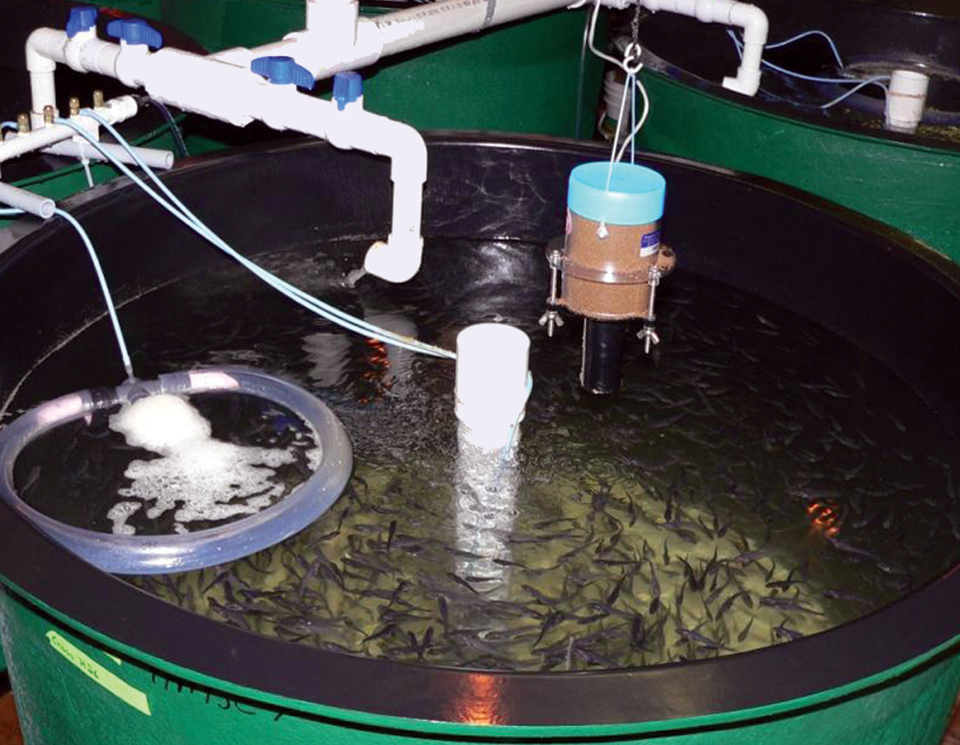
Health & Welfare
Atlantic cod genomics and broodstock development project
The Atlantic Cod Genomics and Broodstock Development Project has expanded the gene-related resources for the species in Canada.
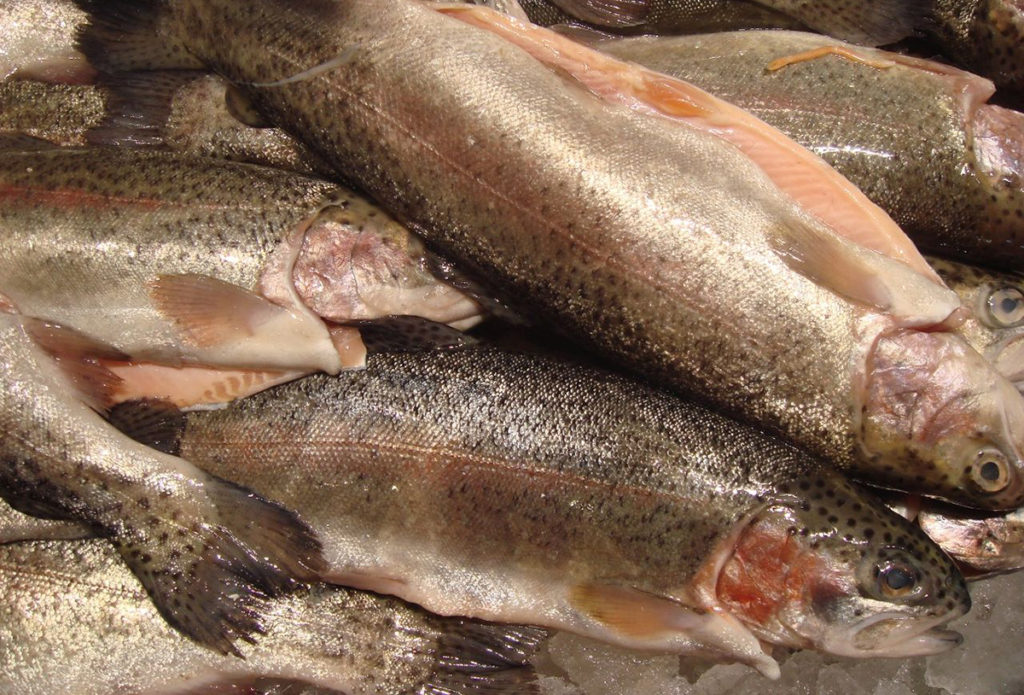
Intelligence
Quantifying temporal changes of selected fatty acids in fish
Study quantifies temporal changes of selected fatty acids from six fish species subjected to two handling and three storage methods compared to samples that were processed immediately.
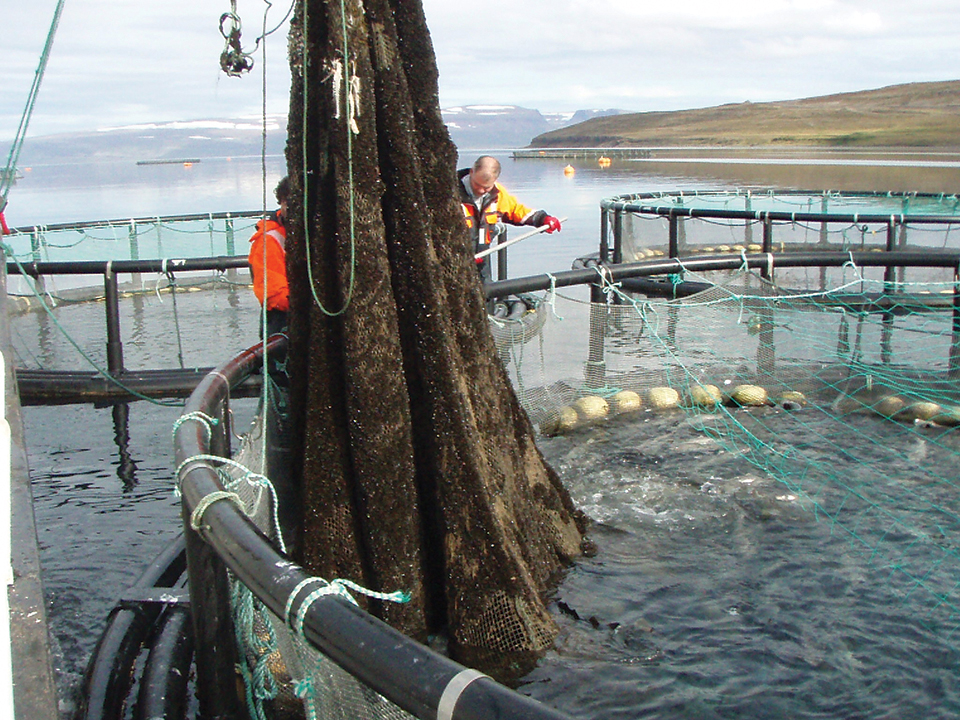
Health & Welfare
Photoperiod regulation inhibits spawning, promotes growth in Atlantic cod
Research has shown that an extended photoperiod for Atlantic cod females leads to reduced gonadal growth, faster body growth and shorter grow-out production periods.
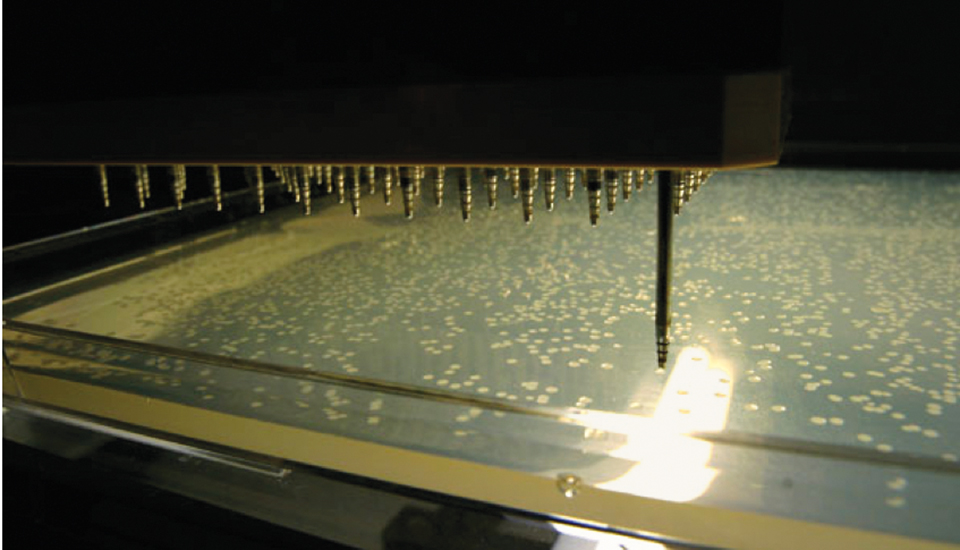
Health & Welfare
Screening probiotic bacteria for Atlantic cod larvae
The addition of probiotic bacteria to marine larvae can reduce pathogenic bacteria and subsequent infection by establishing a protective flora on the mucosal surfaces of the larvae.


